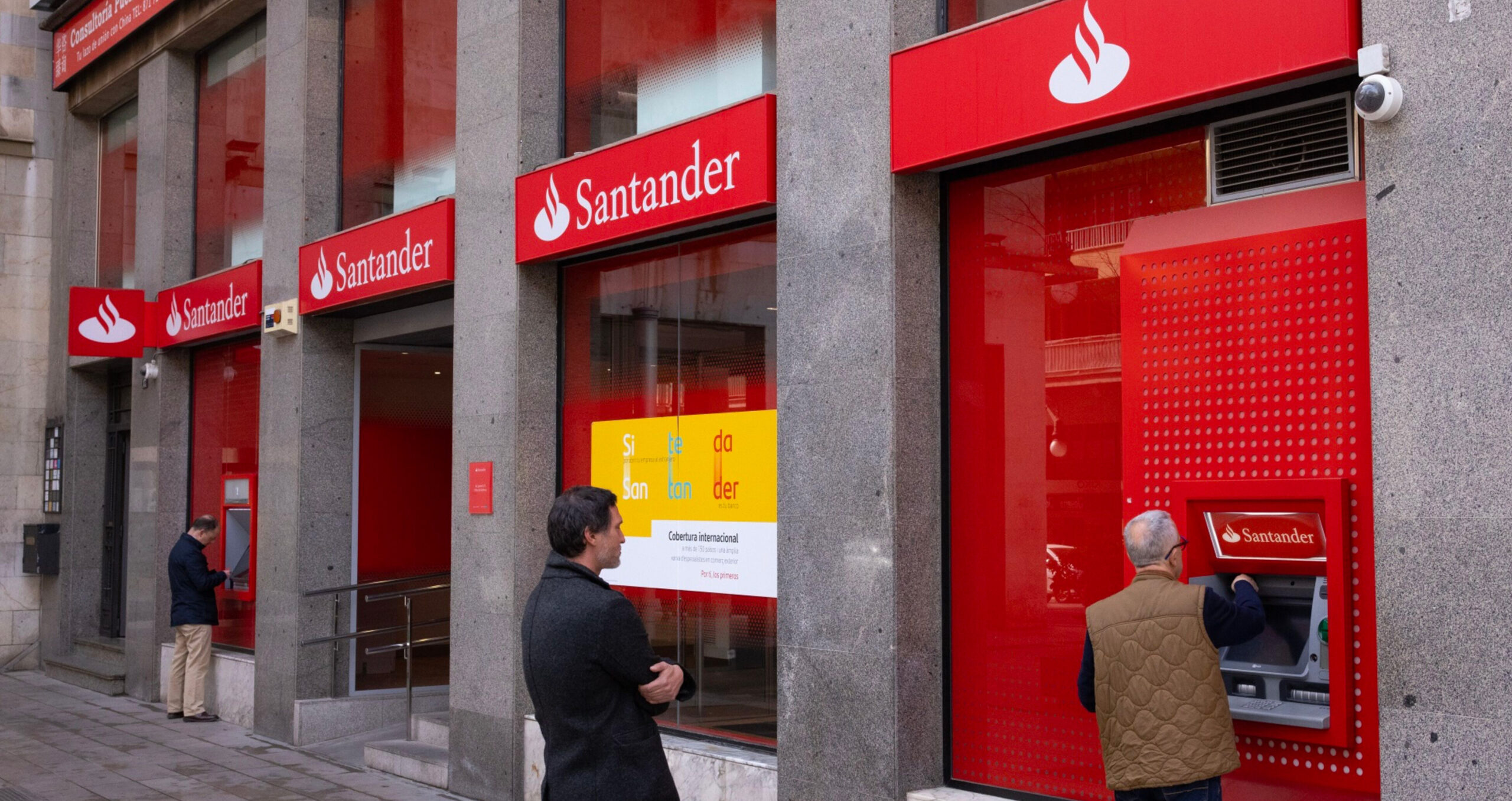

Government bonds now account for a fifth of the Bloomberg MSCI Green Bond Index.
Sovereign bonds where proceeds are purely designated for green projects have steadily secured a greater share of the green bond market, according to data provider MSCI. Sovereign green debt has risen from 7 per cent of the overall green bond market in 2017 — when the total market was valued at $167bn — to more than 20 per cent of the $986bn market as of March 2023.
The first government green bond was issued by Poland in 2016. More than 20 sovereign issuers have followed, located in both developed and emerging markets. India and Israel issued their first green bonds this year.
Proceeds have been allocated to a variety of projects, from the support of insect conservation in Germany to the building of infrastructure in the Netherlands to help deal with flooding.
MSCI also noted governments’ use of new ESG debt structures, such as Uruguay, which recently explored sustainability-linked bonds.
Sustainability experts, however, have been calling for greater issuance from both emerging and developed countries. “We would ideally want to see more capital mobilised for emerging markets,” consultancy Pollination executive director Deniz Harut told Sustainable Views. Sovereign debt is “a very impactful, large-scale way of mobilising climate capital into those countries”, she said.
Climate Bonds Initiative head of research Caroline Harrison noted that Japan, China and the US are the largest issuers of sovereign bonds and have yet to price any green, social or sustainability debt. “If they did, those would be game-changing numbers,” she said.
In February, the CBI said that it expected sovereign issuances to drive the environmental, social and governance bond market this year.
The number of countries becoming issuers more than doubled from 20 to 43 by the end of 2022, with aggregate volumes of $323.7bn, the CBI said. The issuance of green, social, sustainability, sustainability-linked and transition bonds — together known as GSS+ — maintained its 5 per cent global bond market share in 2022, despite a drop-off in fixed income volumes.
The GSS+ market did, however, follow the downwards trend of the overall bond market last year, recording its first decline in volumes in a decade. Volumes dropped to $858.5bn from $1.1tn in 2021.
“We would expect the debt burden of the public sector to increase during times of economic stress, and we would hope that this would offer more opportunities for governments to prioritise green expenditures, which could be suitable for inclusion in green bonds,” Harrison said.
Sovereign debt changes
MSCI observed that the typical duration of local-currency sovereign green debt has increased to nearly 16 years from 13 years.
It also noted that the rise in weight of sovereign green bonds within the Bloomberg MSCI Green Bond Index from 2018 until this year played a part in the index’s increased sensitivity to movements in interest rates.
Sovereign bonds made up 20.4 per cent of the index at the end of 2022, sitting behind only financial institutions (22.4 per cent) and agencies (20.6 per cent) in the list of issuers.
Romain Miginiac, portfolio manager of GAM’s Sustainable Climate Bond fund, noted that the greater ratio of sovereign bonds in the green bond market is explained by growing issuances from “a very low base”.
Miginiac said that less than 3 per cent of euro-denominated government bonds are issued in green format, compared with close to 10 per cent for corporates.
Others said the growth points to a consolidating trend. “Governments appear to be on track to push on with sustainability investments regardless of the economic backdrop,” said TwentyFour Asset Management portfolio manager Johnathan Owen.
“Public support for addressing climate change only continues to grow and the recent energy crisis highlighted the urgent need for investment in this sector,” he told Sustainable Views.
“However with interest rates continuing to rise and sovereign interest costs swelling, they will be keen to minimise funding costs as much as possible.
“Green issuance is really the only way they can do this with the average ‘greenium’ [the lower returns investors are prepared to accept compared with conventional issuance] across European sovereign issuance around 4 basis points or 0.04 per cent,” he said.
Similar Articles

Banks under pressure to reveal data comparing green and fossil fuel spending

With better planning and investment, EV uptake could offer storage and grid flexibility


